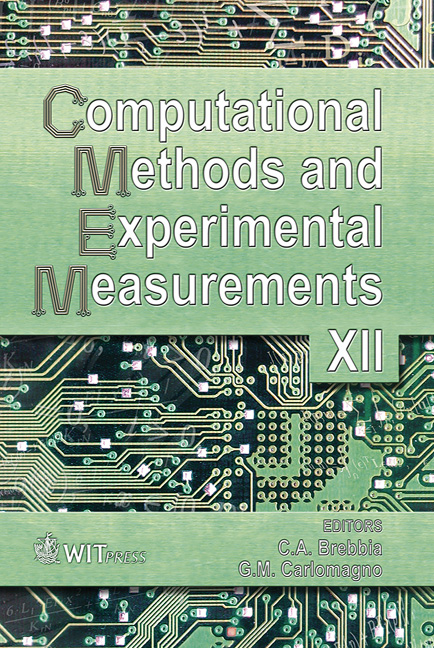Complementary Experimental Methods For Measurements Of Air Entrainment In Vertical Dropshafts
Price
Free (open access)
Transaction
Volume
41
Pages
11
Published
2005
Size
380 kb
Paper DOI
10.2495/CMEM050781
Copyright
WIT Press
Author(s)
L. Ciaravino, P. Gualtieri & G. Pulci Doria
Abstract
Vertical dropshaft is an important element in hydraulic structures since it easily allows covering a vertical jump. In the present paper the problem faced is to quantify the phenomenon of air entrainment in vertical shafts, two methods are presented for the measurement of entrained air flow rate. The anemometric method is semi-classical, while the volumetric method is fully innovative. A deep analysis has been carried out concerning the principles on which the two methods are based and they are shown to be complementary methods. A comparison is also provided between the two methodologies. Keywords: air entrainment, experimental measurements, vertical dropshaft, anemometric method, volumetric method. 1 Introduction A problem of great interest, both from theoretical and technological point of view, is to transfer a volume of liquid from a higher to a lower height, when the difference to overcome is large. The use of a vertical dropshaft linking the above-mentioned heights allows a solution of this problem also having available a very limited space in horizontal direction. The characteristics of the inlet of the shaft identify different dropshaft typologies. The attention of many Researchers has been turned, in particular, to the following categories: vortex flow inlet and central jet inlet. Vortex flow inlet, conceived by Drioli [1], is endowed with a particular configuration giving to the stream an helicoidal flow which forces it to adhere to the walls (to the internal surface of the vertical conduit) creating annular jet. In the first part of the vertical dropshaft a space becomes available,
Keywords





